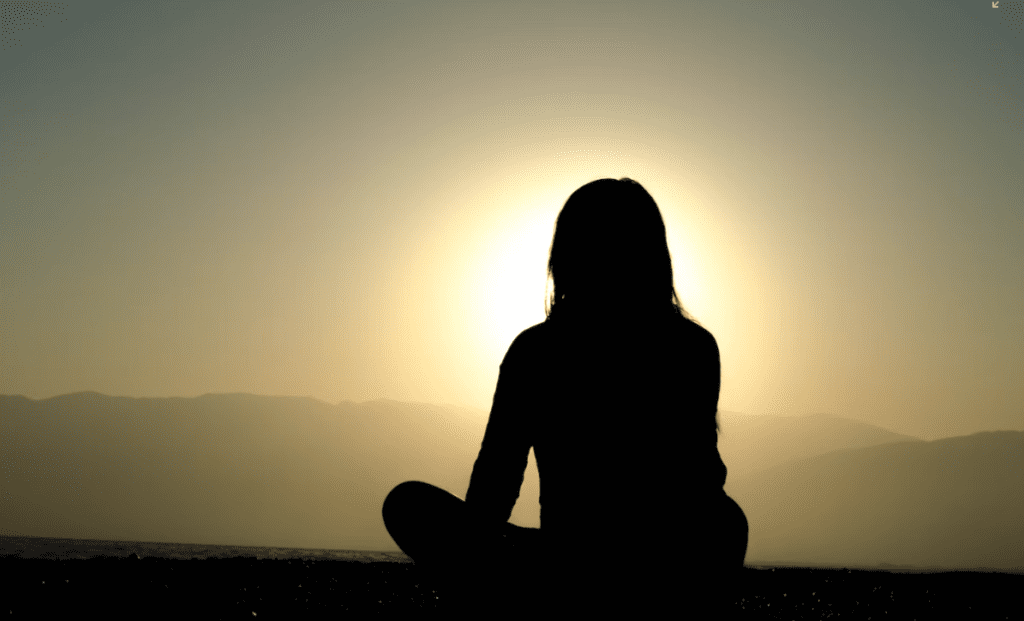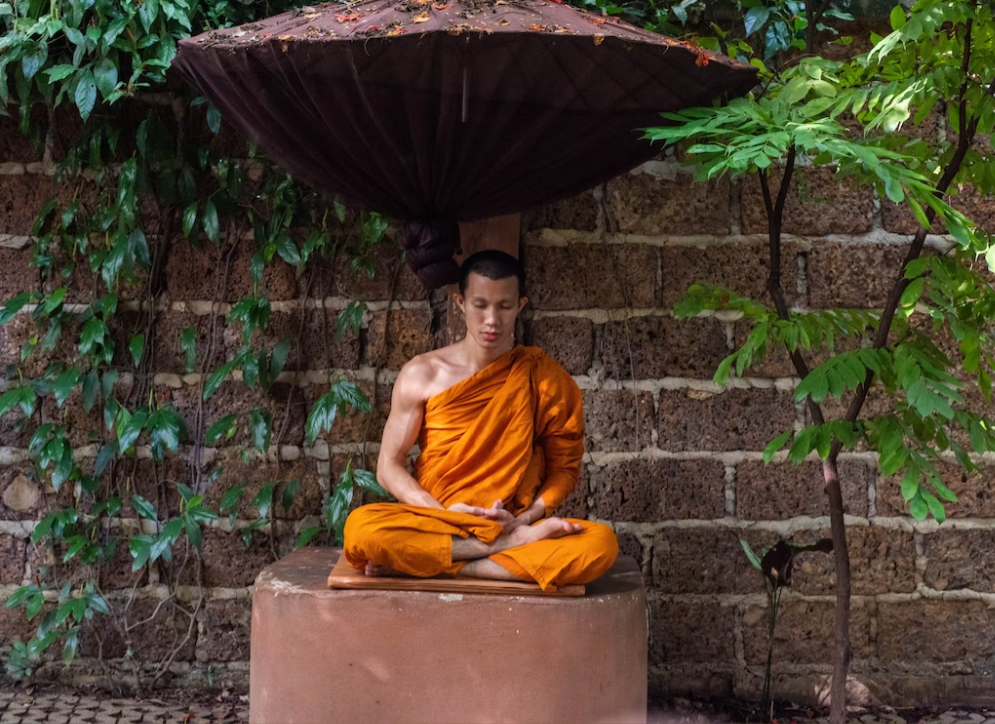Meditation Can Be Done Anytime?
Learn about meditation can be done anytime, as well as the techniques and various benefits.

Selfpause Affirmation App
Download the app to get 1,000’s of affirmation meditations and everything you need to write, record and listen to your own.
Meditation is a great way to relax, calm down, and find peace of mind. You can practice anytime, anywhere. You can practice walking, sitting, or guided meditation. It’s not necessary to spend a lot of time doing it; the main thing is to practice consistently. There are many types of meditation techniques, and each one offers different benefits.
Guided meditation

Guided meditation is a popular practice that has gained popularity over the past few decades. It involves closing your eyes and listening to a soft voice to guide you through the process of meditation. These guided meditations are an easy way to reduce stress and improve your overall well-being. You can practice them anytime, anywhere.
Guided meditations are available online and can be used anytime, anywhere. During the day, you can do guided meditations to focus on your breathing and relax. To begin, simply choose a quiet place to sit. Avoid falling asleep, and gently follow the instructions. During the meditation, you don’t need to concentrate or do anything else besides listening to the recorded voice.
Guided meditations are ideal for busy people who can’t afford to spend hours in silence or in a quiet room. You can practice them at work or at home. You don’t even need a meditation mat or any special equipment. The most important thing is to practice daily and sit for five minutes.
Guided meditations have a variety of benefits, from increasing overall health to reducing stress. The techniques can be simple or complex and can be done anywhere and anytime. There are several types of guided meditations, ranging from simple breathing exercises to complex meditations. The aim is to train the mind and quiet its jumbled thoughts. The effects of meditation can also be felt physically.
Walking meditation

Walking meditation is a great way to relax and focus your attention. It requires that you be fully aware of your body and the sensations it makes as you walk. Whether you are walking indoors or outdoors, you need to stay present and focused to make the most of your walk. To begin walking meditation, stand with your feet hip-width apart, and balance your weight evenly on both feet. Then, close your eyes and notice the stability of the ground. Then, explore the sensations of walking slowly.
Walking meditation can be done anywhere and requires no special equipment. You can take a walk on a park bench, outside, or on the beach. This type of meditation allows you to focus on your mind, body, and breath. It also allows you to become more aware of objects in your environment and inner awareness. When you first begin walking meditation, give yourself about twenty minutes to become familiar with the practice. It is also helpful to find a quiet place where you can meditate without any distractions.
The key to walking meditation is to take small steps and focus on your breathing. Try to focus on the sensations of your body, particularly your feet, as you walk. Whether you’re walking indoors or outside, keep your attention on the sensations in each part of your foot as you walk. Once you’re done walking, take a deep breath and turn around and repeat.
Transcendental meditation

The basic technique of transcendental meditation is to repeat a mantra in your head silently for 20 minutes at a time. The most important thing when practicing this meditation is to find a quiet place, preferably a place without distractions like television, radio, or other electronic devices. It is also best to turn off your phone or put it on silent. If you’re trying to do it at home, keep family and pets away. Once you find a quiet space, sit comfortably, and close your eyes for a few seconds. You can then practice your mantra and deep breathing for up to 20 minutes.
Transcendental meditation is simple to learn and practice, and anyone can do it. You can even find a simple mantra on the Internet and sit for 20 minutes, repeating it. However, if you want to experience the full benefits of transcendental meditation, you can enroll in a meditation course. This will ensure you have the correct technique and speed up your results.
Transcendental meditation is a practice that is designed to provide clarity and renewed energy into daily life. It is a powerful tool for stress management and improves overall health. Studies have shown that it decreases levels of cortisol, a hormone linked to stress. When practiced regularly, this meditation can help people who are suffering from chronic stress, high blood pressure, or a lack of energy.
Sitting meditation

Sitting meditation is a great way to get the benefits of meditation without having to go to a meditation center. It is a great way to improve your concentration and quiet your mind. You can also practice sitting meditation anywhere, including in your home or office. To practice sitting meditation, you should sit comfortably and maintain a proper posture. Make sure your back is straight and your neck is relaxed. If you are a beginner, you can start by counting your breaths on your inhalation and exhalation. You can count to three or ten. You can repeat this exercise until you feel like meditating. If you lose count, simply go back to one and start again.
The most important thing to remember when practicing sitting meditation is to keep your body and mind calm. Your mind will naturally drift during this practice, so it’s important to stay focused. You can use a short mantra or choose a meaningful word to focus on. You can also count your breaths, which will bring your awareness to the breath and help you breathe more deeply.
Sitting meditation can be done anytime, and there are many variations. Some people meditate while lying in bed. Others meditate before bed. Either way, you can benefit from a short meditation session to start your day.
Lying down meditation

Lying down meditation is useful in a number of situations. It is particularly helpful for those who are bedridden or sick, and it can help relieve frustration and pass time. It can also be useful for people who are going through difficult diagnostic procedures such as a CAT scan or MRI.
A lie-down meditation helps you relax more deeply, which is beneficial for those who suffer from back issues. It can also help fight mental health diseases. The reason it’s useful in these situations is that it allows the body to relax more quickly and easily. If you’re able to do this meditation regularly, you’ll be able to handle conflict more effectively and have a better overall mental state.
A yoga mat is a great option for lying down for meditation. A yoga mat will help you stay alert and reduce the risk of falling asleep while you meditate. You can also place a cushion under your knees to relax your back and leg muscles. Finally, a blanket can keep you warm if the floor is too cold.
One advantage of lying down for meditation is that it allows you to channel negative emotions and feelings, which will help you focus. It will also give your brain a break from the busyness of daily life.
Guided meditation with a partner

Guided meditation is a simple and effective way to practice mindfulness. It helps you focus on the present moment and reduces stress. Couples who practice together find that it improves their relationships and helps them deal with conflicts and difficulties better. The practice is also beneficial for individuals and can be performed anywhere, at any time. You can start by doing some breathing exercises and then proceed to meditation when you feel ready.
Our Top FAQ's
Some potential benefits of meditation include reduced stress and anxiety, improved concentration and focus, and increased self-awareness and mindfulness. It can be incorporated into a daily routine by setting aside a regular time and place for meditation, starting with short sessions and gradually increasing the duration, and choosing a style of meditation that suits individual preferences and goals.
Some common misconceptions about meditation include that it requires a specific religious or spiritual belief, that it is only for experienced practitioners, and that it involves stopping all thoughts and achieving a state of emptiness. These misconceptions can be addressed by learning about the scientific evidence supporting the benefits of meditation, by experimenting with different techniques and finding what works best for individual needs, and by being patient and kind to oneself during the practice.
Meditation can be done in any location that is comfortable, quiet, and free from distractions. It is not necessary to have a special meditation room or a designated space for practice, as long as the environment is conducive to relaxation and focus. Some people prefer to meditate outdoors, in nature, or in a group setting, while others find it more beneficial to meditate at home, at work, or on the go.
There are many different types of meditation, each with its own distinct characteristics and techniques. Some examples include mindfulness meditation, which involves paying attention to the present moment and letting thoughts and emotions pass without judgment; loving-kindness meditation, which involves generating positive feelings and sending them to oneself and others; and transcendental meditation, which involves repeating a mantra or sound to enter a state of deep relaxation and stillness. Other common types of meditation include chakra meditation, focused attention meditation, and visualization meditation.
Meditation is a form of relaxation that involves focusing the mind on a specific object, sensation, or activity, with the intention of calming the body and quieting the mind. It is different from techniques such as deep breathing or progressive muscle relaxation, which involve controlling the breath or the muscles to induce relaxation. However, all of these techniques can be complementary and can be used together to enhance the benefits of relaxation and stress reduction.
